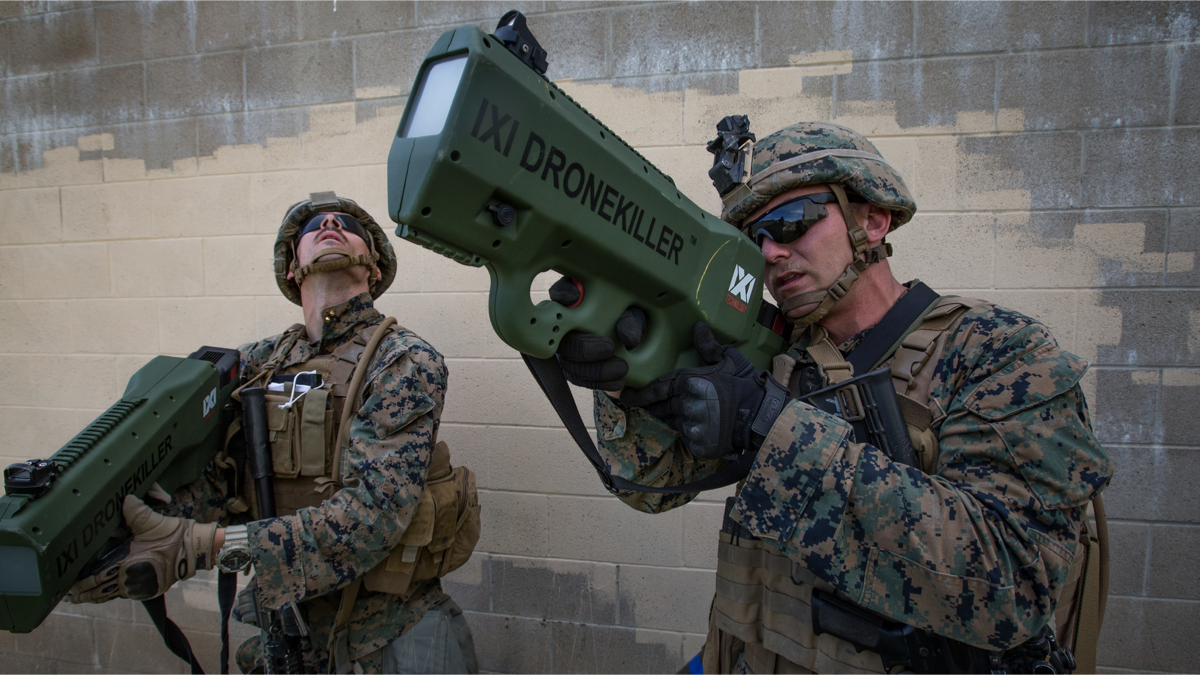Companies working with the government on geospatial intelligence projects say they have hundreds of unfilled positions, and the government’s classification requirements are to blame.
“We have 15 open positions right now that I can’t fill,” said Stephen Gillotte, president and CEO of Reinventing Geospatial, Inc.
“The issue that faces us is the government is requiring TS/SCI [Top Secret/Sensitive Compartmented Information] clearances for me to put engineers in unclassified space working on unclassified test data,” said Gillotte.
Gillotte’s comments came during a United States Geospatial Intelligence Foundation event Sept. 28 when startup founders discussed the challenges they faced in the GEOINT community.
Simply put, GEOINT employers want agencies like the National Geospatial-Intelligence Agency to make more concerted efforts to carve out work that can be performed by uncleared personnel within their contracts. Instead, they claim the government is requiring cleared employees for projects that involve significant amounts of unclassified work.
Companies face two major challenges and meeting this requirement.
First, it often takes more than a year after hiring an employee to get through the clearance process, Gillotte said. During that time, those employees are prevented from working on major contracts and can act as dead weight on payroll.
That leads the second problem, which is there simply aren’t enough prospective employees with the requisite clearance for employers to hire. And as more startup companies enter the GEOINT space, they’re left fighting over a limited pool of cleared talent.
“Recruiting costs right now are in between $30,000 and $40,000 a head, which is astronomical," said Gillotte.
“There’s definitely a shortage in some respects, especially in the cleared space there is a lot of recirculation of talent,” said David Sterling, founder and CEO of Royce Geospatial Consultants Inc. “We’ve got a ton of openings and we can’t spend enough on recruiting, but at the same time, you can’t pour every dollar you have into it."
The problem, however, goes beyond startups.
Patrick Biltgen, director of analytics offerings at Perspecta, says his company of 14,000 employees is unable to fill hundreds of positions because of DoD requirements.
“I have 950 unfilled positions,” said Biltgen. “About 600 of those positions require clearance. I personally believe approximately 250 of the positions are unfillable because the requirements are written in such a way to backfill a retired person that has 40 years of experience and a specialized skill and clearance.”
While a contract might require an employee have decades of experience in a hyper-specific area of satellite imagery, a broad workforce with that type of background doesn’t exist. Many workers have retired, and companies are not incentivized to develop their own employees with that skill set, said Biltgen.
“No one is willing to hire the intern and start them from scratch,” he said. “That’s a huge problem.”
At the same conference, NGA Deputy Director Stacey Dixon acknowledged that the agency itself was having trouble finding employees, especially in specialized GEOINT areas. Dixon noted that the agency was making several efforts to increase GEOINT education and foster a future workforce through outreach and online learning.
Sterling pointed to the NGA’s intention to set apart a large part of their new St. Louis facility for unclassified work as a positive sign that the agency wants to move in the right direction on clearance reform, but for commercial sector employers the government has a more immediate role to play in growing the GEOINT workforce.
“There has to be very top level shifts from that director level on down that’s going to look at how do we put new contracts on the street that are enabling uncleared talent to participate,” said Sterling. “At least in the GEOINT/intel space, it’s really gonna have to start from the government entities and how they procure services.”
Nathan Strout covers space, unmanned and intelligence systems for C4ISRNET.








